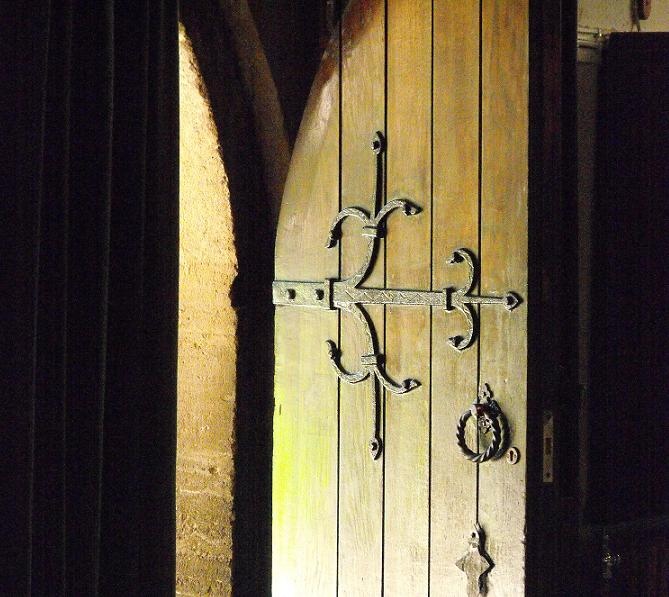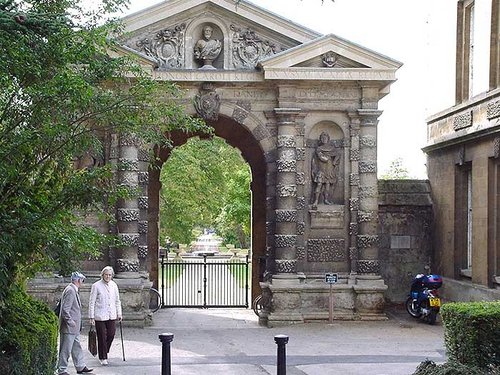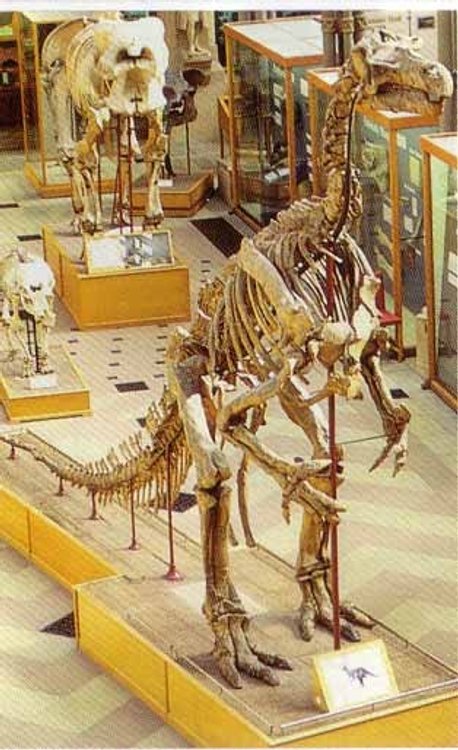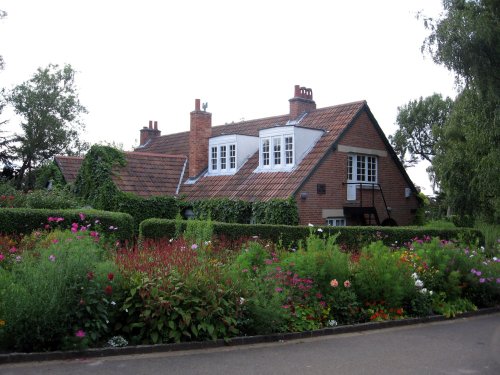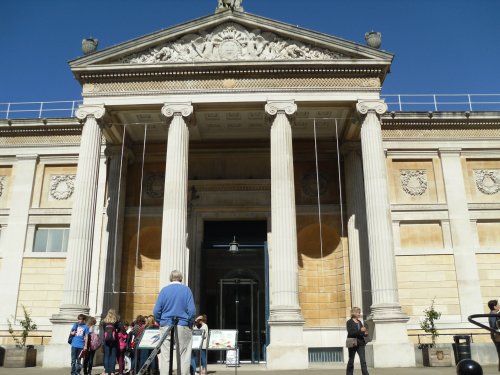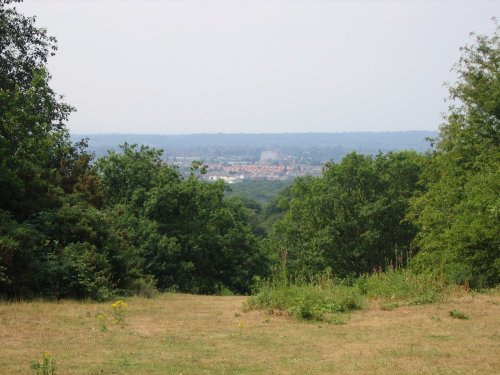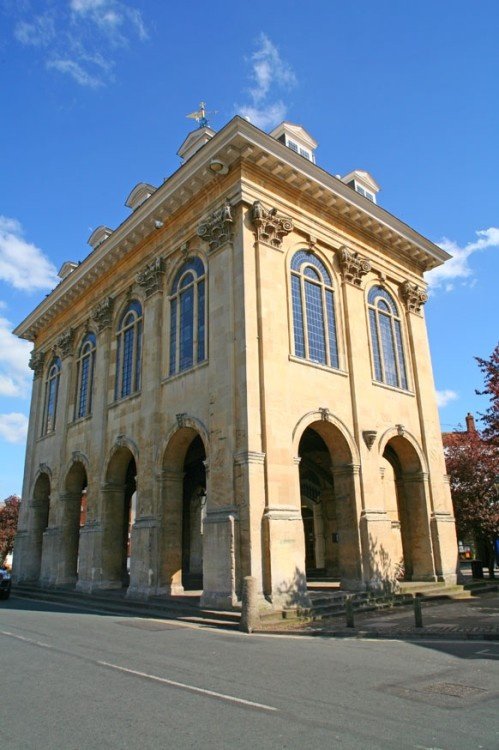Pictures of Headington
About Headington
Headington is a pleasant Oxfordshire suburb famous for its stone quarries which between the 14th and 18th centuries supplied most of the stone for the Oxford colleges and churches. It is also just a stone's throw away from Risinghurst - a local housing estate, which is possibly best known for being the former home of famous author C.S. Lewis. A favoured experience for both visitors and locals alike is the truly amazing 'C.S Lewis tour', further information can be found at
www.cslewistours.com
The history of the suburb seems to be lost in the mist's of time, but there exists evidence to support the habitation of Stone-Age and Iron-Age man, also the Romans, and in 2002, bones found indicate that there was an Anglo-Saxon Burial ground in Headington in AD 500.
Today, it is a pleasant place with some choice buildings, of these the most impressive are Bury Knowle House, built around 1800 for Joseph Lock, Headington Hill Hall dating from 1824, which was once lived in by millionaire newspaper publisher Robert Maxwell, and Barton Manor, a tall 17th century building with original 17th century staircase.
Vibrant colour is added by the inns in the area, amongst these is the noted Six Bells, the quaint White Hart, Butchers Arms, the Chequers and inn named The Quarry Gate confirms the areas traditions with quarrying.
Headington is famous for its associations with Morris Dancing, this goes back to a man called William "Merry" Kimber (1872-1961) and to his father before him. William did much to promote the art of Morris dancing, in 1922 he was presented with the Gold Medal of the English Folk Dance Society. From 1946 he taught Morris dancing to the boys of Headington Secondary School, such was the esteem he was held in that a crescent was named after him. His last appearance as a dancer was on Whit Monday of 1961, he died at his beloved home "Merryville" on the 26th December, 1961 at the age of 89. At his funeral his coffin was carried by the Headington Quarry Morris Men in full regalia, he lies at rest at Holy Trinity Church - known to the locals as Quarry Church.
The distinctive sight of the Headington Shark is not to be missed. This sits atop of a terraced cottage of the 1860's, and needless to say when the shark first arrived on the 9th August, 1986, it caused quite a sensation. It was commissioned by Bill Heine, an American who studied law at Balliol College, and who still owns the house today. Quite a bit of controversy has surrounded the shark, none-the-less it still survives and is well worth seeing.
There are several churches in Headington of which St. Andrew's is just one, this can be picked out by its embattled clock-face tower and superb lancet windows. It can be found in the area known as Old Headington.
Headington Manor House dates from around 1770, this has quite a history but is now in the hands of the John Radcliff Hospital which was built within its grounds in the 1970's. It has been used as both a training school for nurses and as offices.
William Wilkinson designer of the famous Randolph Hotel, also designed the intricate footbridge spanning Headington Hill. This dates from 1877 and remains one of the finest sights in the area. Today it is used as a short cut for students of Oxford Brookes University wishing to cross from Headington Hill Hall to the Gypsy Lane campus. Such was the attraction of the bridge, that in the 19th and early 20th century it featured on several Oxford post cards.
Headington has shops established at the turn of the 20th century, further to this it has all the usual shops, pubs and cafe's one would wish to find in a lively, vibrant Oxford Suburb and all are worthy of exploring on a saunter around the streets.
